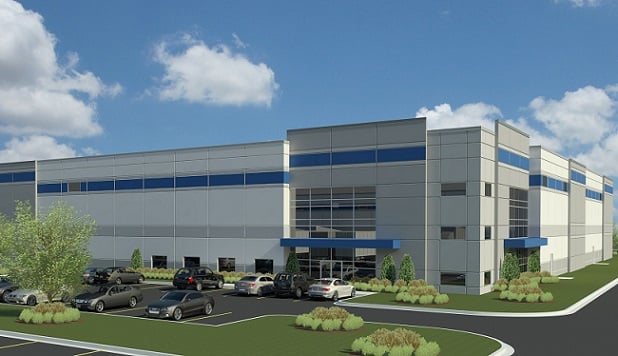CHICAGO—Bridge Development Partners, LLC has just agreed to sell a 10-building industrial portfolio totaling 3,424,732 square feet to Duke Realty Corp. for about $515 million. The Chicago-based Bridge recently put the finishing touches on each of these state-of-the-art “last-mile” distribution facilities, located in the nation's top infill markets of Southern CA, NJ and South FL, and quickly finding a buyer like Duke will almost certainly whet its appetite for more construction. The company also has plans to complete other major sales.
“Investors are all trying to get into the last-mile sector, especially in core markets,” Steve Poulos, Bridge's founder and chief executive officer, tells GlobeSt.com. “These properties are highly sought after,” partly because they are so hard to create. The company has already been hard at work across the nation buying land, clearing infill sites, cleaning up environmental problems, and putting up such distribution centers. “This portfolio sale is part of the $1.1 billion of new state-of-the-art industrial assets Bridge will sell in 2017.” And hundreds of millions in additional sales could close in the first few months of next year.
Duke and Bridge will complete this latest transaction in phases. The first phase closed on September 27th and the firms expect the final phase will close near the end of the year. In addition to the 10 completed properties, the deal includes two land parcels on which builders will construct two properties totaling 852,745 square feet, beginning later this year. Once fully constructed, the total cost of the portfolio will be almost $700 million.
Recommended For You
Want to continue reading?
Become a Free ALM Digital Reader.
Once you are an ALM Digital Member, you’ll receive:
- Breaking commercial real estate news and analysis, on-site and via our newsletters and custom alerts
- Educational webcasts, white papers, and ebooks from industry thought leaders
- Critical coverage of the property casualty insurance and financial advisory markets on our other ALM sites, PropertyCasualty360 and ThinkAdvisor
Already have an account? Sign In Now
*May exclude premium content© 2025 ALM Global, LLC, All Rights Reserved. Request academic re-use from www.copyright.com. All other uses, submit a request to [email protected]. For more information visit Asset & Logo Licensing.









